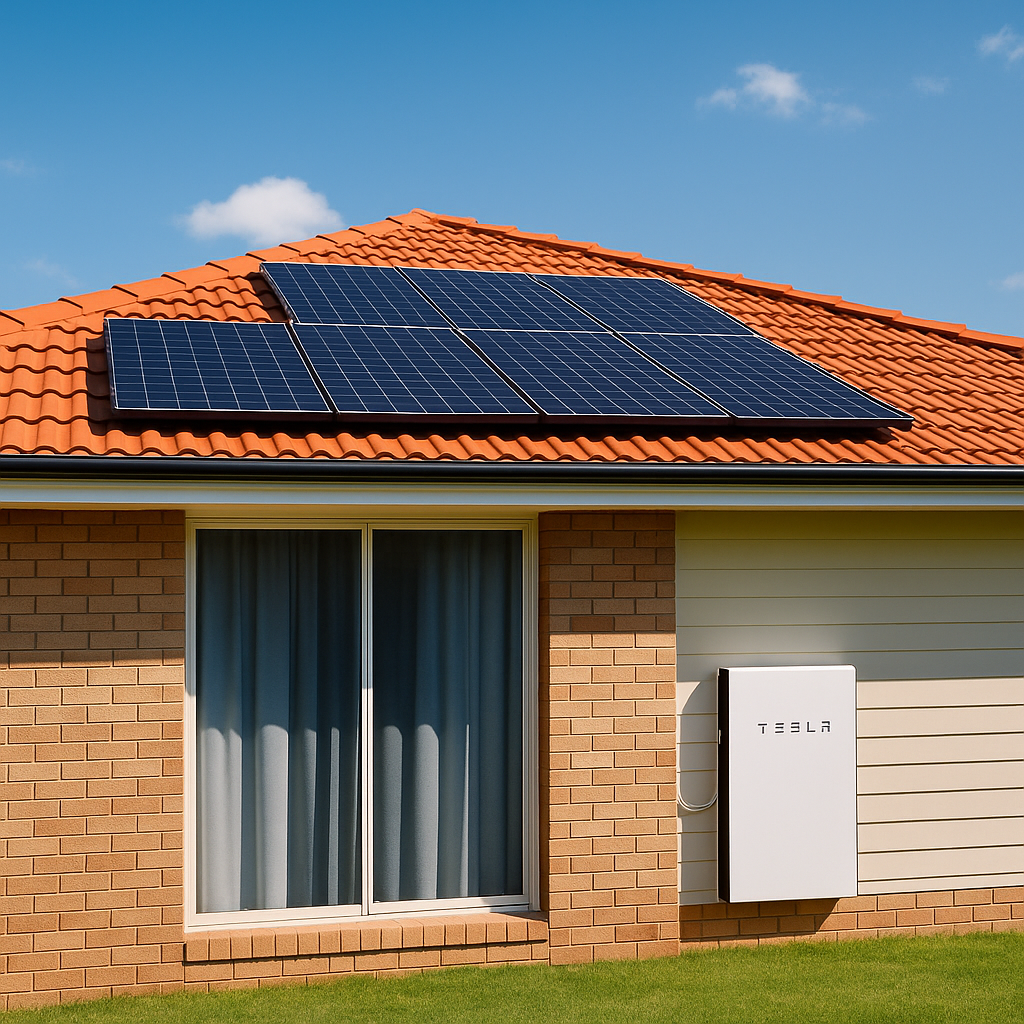Home battery prices are falling faster than ever, and 2025 is shaping up to be a breakthrough year for solar energy in Australia. As more homeowners install solar panels, the next big step is energy storage — and the federal government is making it easier to afford.
If you’ve ever wondered whether a battery system is worth it, now is the time to look closer to find cheaper home batteries Australia
Why Home Batteries Matter
When your solar panels produce electricity, any unused energy goes back to the grid. However, with a home battery, that power can be stored and used later — at night or during cloudy days.
This means you’ll:
- Use more of your own clean solar energy
- Rely less on expensive grid power
- Stay powered during blackouts (for certain systems)
- Boost your long-term energy independence
In short, home batteries let you make the most of your solar system, saving you money while supporting a greener grid.
The “Cheaper Home Batteries” Program
The Australian Government is helping households take the next step in clean energy through the Cheaper Home Batteries initiative.
Learn more here: https://www.dcceew.gov.au/energy/programs/cheaper-home-batteries
This federal program aims to reduce upfront costs for energy storage systems and improve access to smarter, more efficient batteries.
It focuses on:
- Lowering battery prices through rebates and incentives
- Supporting innovation in battery design and manufacturing
- Helping households manage electricity costs through better storage technology
By combining this program with your existing solar setup, you can significantly increase your savings and energy security.
How Much Do Home Batteries Cost in 2025?
In 2025, battery prices in Australia are dropping thanks to better technology and stronger local supply chains.
| Battery Size | Typical Cost (Before Rebate) | After Rebate (Est.) |
|---|---|---|
| 5 kWh | $4,500 – $6,000 | ~$3,000 – $4,000 |
| 10 kWh | $8,000 – $10,000 | ~$6,000 – $7,500 |
| 13.5 kWh (Tesla Powerwall) | $12,000 – $14,000 | ~$9,000 – $10,000 |
Tip: Pairing your solar system with a battery can increase your solar self-consumption from 30% up to 80%, depending on household energy use.
Why Battery Storage Is Growing in 2025
Battery installations across Australia are projected to grow by over 35% in 2025, driven by:
- Rising electricity prices
- State and federal rebates
- The popularity of EV charging integration
- Greater awareness of grid reliability
According to the Department of Climate Change, Energy, the Environment and Water, initiatives like the Cheaper Home Batteries program are designed to make storage mainstream — not just for early adopters.
How to Choose the Right Battery
Before buying, compare a few key factors:
- Capacity (kWh) – Choose a size that matches your energy needs.
- Warranty – Look for at least 10 years or 6,000 charge cycles.
- Brand reputation – Popular, proven brands include Tesla, Sonnen, and BYD.
- Installer accreditation – Always use a CEC-accredited installer for warranty and rebate eligibility.
When comparing options, remember that bigger isn’t always better — the right system balances cost, usage, and battery performance.
How Solar Proof Can Help
Solar Proof makes it easy to find the best value solar and battery quotes in your area.
You can compare installers, check system prices, and see real data on how much you could save by adding a battery to your solar setup.
Explore related resources: Solar Cost in Australia 2025
By combining this insight with government support programs, you can make smarter, long-term energy decisions for your home.
The Future of Energy Independence
Australia’s shift toward cheaper home batteries isn’t just about saving money — it’s about creating a self-powered future.
As storage technology becomes more accessible, homeowners can expect shorter payback periods, higher energy control, and more stable electricity costs.
In 2025 and beyond, home batteries are no longer a luxury — they’re becoming a standard part of the solar lifestyle.

